Country Area 1,578 km2 Founded March 25, 1555 | ||
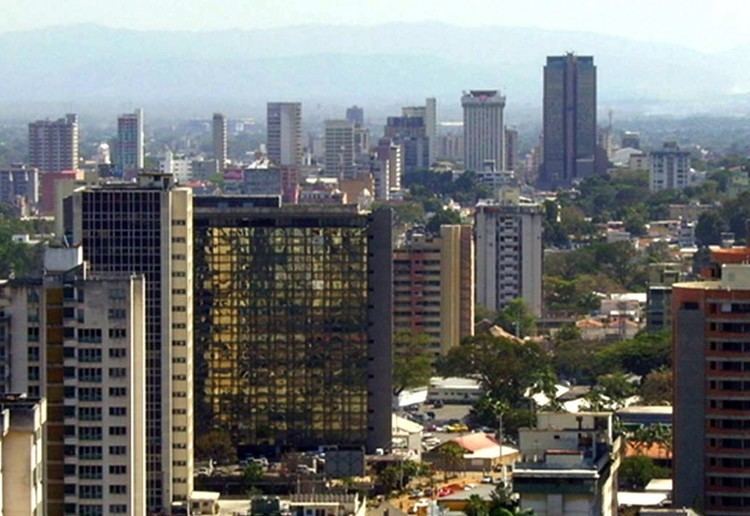 | ||
Map of Valencia, Carabobo
Valencia ([baˈlensja]) is the capital city of Carabobo State, and the third largest city of Venezuela.
Contents
- Map of Valencia Carabobo
- Weekend travel valencia sd
- History
- Geography
- Climate
- Environment
- Demography
- Law and government
- Media
- Education
- Art centers
- Museums
- Parks and points of interest
- Libraries
- Transportation
- Sports
- Beauty Pageant Winners
- Composers and musicians
- Painters
- Politicians
- Athletes
- Entertainers
- Writers
- Twinning
- References
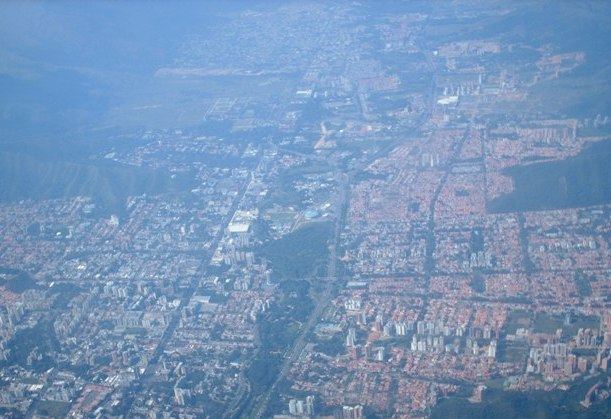
The city is an economic hub that contains Venezuela's top industries and manufacturing companies. The population of Valencia and the nearby metropolitan area reached 1,827,165 in 2010, and it is expected to grow dramatically in the years to come. Caracas lies some 172 kilometres (107 miles) away to the east.
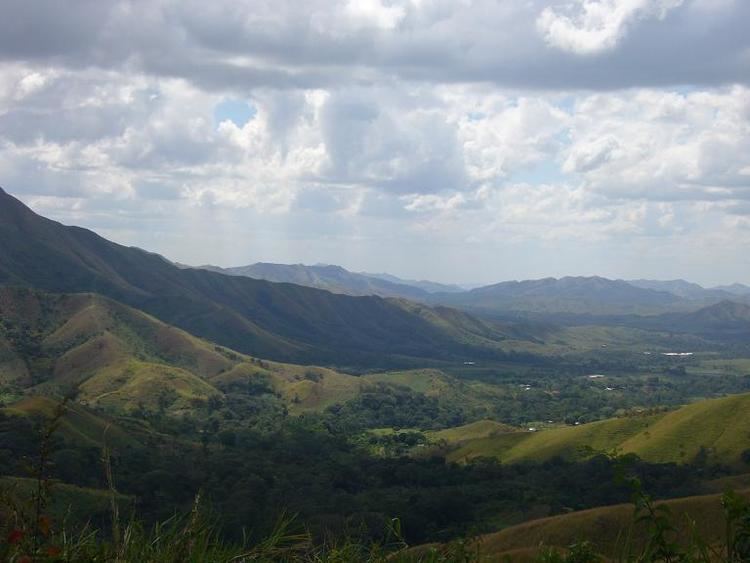
Weekend travel valencia sd
History
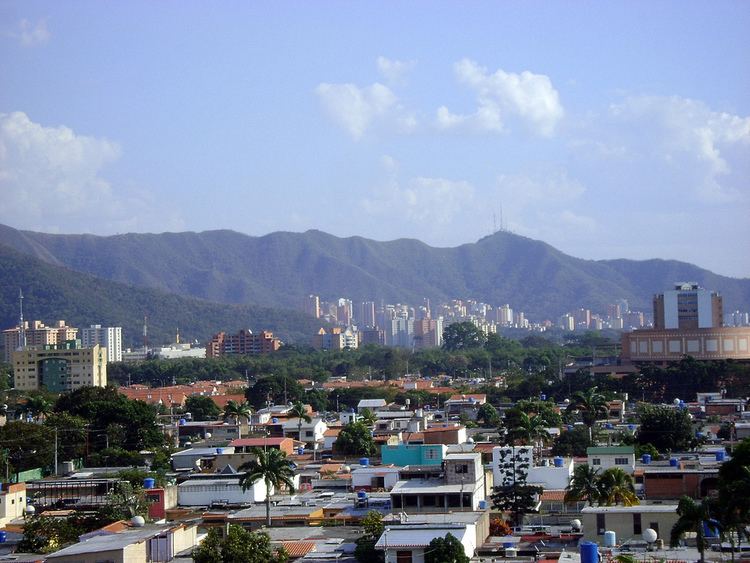
The area was already inhabited in the fourth millennium BC. The inhabitants were mainly hunters and gatherers who might have already developed some elementary forms of agriculture. Between AD 200 and 1000 an important settlement was formed close to Lake Valencia.
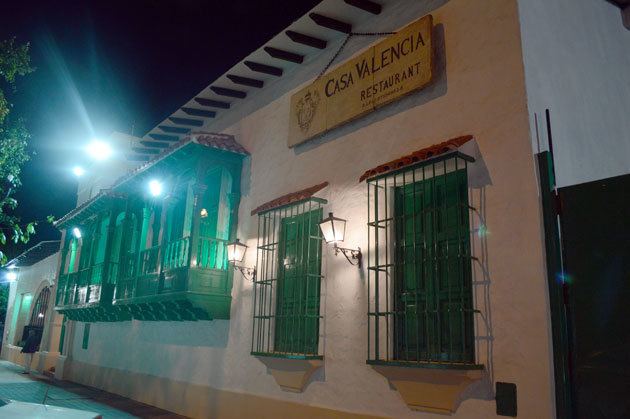
Around the year 1000, waves of migration started to come from the Orinoco river area, probably arriving along the Pao river. The fusion of previous settlements with these new populations gave rise to the Vacencioide culture.
People in the area belonged mostly to Arawak groups. They were hunters and gatherers who also fished and grew maize and cotton. Their houses were built on artificial mounds in valleys that were often flooded by water from Lake Valencia.
Archaeologists have found mostly pottery from that time. Valencia was founded by Captain Alonso Díaz Moreno on March 25, 1555 – as the locals are proud of reminding visitors, eight years before Caracas. It was the first Spanish settlement in central Venezuela and its official name was Nuestra Señora de la Asunción de Nueva Valencia del Rey. It was named after Valencia de Don Juan, Province of León, Spain. The encomiendas put the Indians living in the region under the control of the Spanish settlers. They started to displace the native population from the most fertile land, but they also started intermarrying with them.
Spanish conquistador Lope de Aguirre entered the city in 1561. In 1677 it was raided by French pirates, who burnt down its City Hall, thus destroying many very important documents about the early settlement of Venezuela. The German scientist Alexander von Humboldt visited the city on his trip through the Americas. He reported that at the time of his visit the city had around 6000 to 7000 inhabitants. On June 24, 1821, the battle of Carabobo was fought on the outskirts of the city, sealing the independence of Venezuela from imperial Spanish rule.
Valencia became the capital of Venezuela in 1830, after it separated from Gran Colombia. It ceased to be the capital soon afterward, becoming once more the seat of the national government in 1858 after the Monagas was toppled and the March Revolution took place. On November 15, 1892, the University of Valencia, future University of Carabobo, was founded. When dictator Juan Vicente Gómez died in 1935, Nueva Valencia del Rey was a small city. The oil revenues and industrialization that came along lead to a population explosion. Many immigrants, firstly from Europe and increasingly then from other Latin American countries, chose Nueva Valencia del Rey as the place to live in Venezuela.
The first direct election of local governments (including those of the mayor and of the state's government) took place in 1988.
Valencia was one of the places where Hugo Chávez's proposal for the constitutional reform was rejected with the highest proportion of votes: around 59.21% of the population rejected it. An Italian tribunal ruled that physicist Ettore Majorana who disappeared in 1938 was living in Valencia during the late Fifties. See here: [4]
Geography
Valencia is located in a central valley, surrounded by a mountain range called the Coastal Range (Cordillera de la Costa). On the eastern outskirts of the city lies Lake Valencia, Venezuela's second-largest lake. To the West and Northeastern part there are mountains. To the south is an extension of the Venezuelan grasslands, the Llanos.
The elevation of the city is 520 metres (1,710 feet).
Climate
Valencia, due to its latitude and closeness to the sea, has relatively warm temperatures. The yearly average is 26 °C (79 °F), (23.3 °C (73.9 °F) in the shade, a maximum of 32.6 °C (90.7 °F) and minimum of 18.5 °C (65.3 °F)). The city is located 479 metres (1,572 feet) above sea level. Winds reduce the temperature in the afternoon.
Environment
The Cabriales river has problems with pollution. The most important waste disposal centre of Greater Valencia and Carabobo is located southwest of Valencia proper, in the Municipio Libertador, in La Guásima. There waste is basically burnt without any special equipment.
Demography
City of Valencia Municipalities
Law and government
The City of Valencia is made of five (5) municipalities: Valencia, Libertador, Los Guayos, Naguanagua, and San Diego.
Venezuelan law specifies that every municipal government have four main functions: executive, legislative, comptroller, and planning. The executive function is managed by the mayor of every municipality, who is in charge of representing the municipality's administration. The legislative branch is represented by the Municipal Council, composed of seven councillors for each municipality, charged with the deliberation of new decrees and local laws. The comptroller tasks are managed by the municipal comptroller's office, which oversees accountancy. Finally, planning is represented by the Local Public Planning Council, which manages development projects for the municipality.
Media
The main newspapers of the region are El Carabobeño and Notitarde, with a circulation going from 75000 to 92000.
The main TV Stations in Valencia are Ecovisión (Channel 36 UHF) and DAT TV(Channel 30 UHF)
The private Digital Newspaper of Carabobo State is ACN - Agencia Carabobeña de Noticias(Carabobo's News Agency).
Education
The main centre of higher education in Nueva Valencia del Rey is the University of Carabobo, one of the most important public universities of Venezuela. The direction of the University and some administratives centres are located in the Valencia Municipality, whereas most of the buildings are currently in the Naguanagua of the same city.
Other institutions of higher education are the Universidad Tecnológica del Centro (UNITEC), Universidad Arturo Michelena (UAM), Universidad José Antonio Páez (UJAP), Universidad Alejandro de Humboldt (UAH), Universidad Experimental Politécnica de las Fuerzas Armadas (UNEFA) in La Isabelica, the Instituto Nacional de Capacitación y Educación (INCE) in Los Colorados, La Isabelica and La Quizanda.
Art centers
Museums
Parks and points of interest
Libraries
The main public library in Valencia is the Manuel Feo La Cruz Public Library, located in the city centre and open 7 days a week. Other public libraries are the Public Library of the Athenaeum of Valencia and the Morita Carillo Public Library, in the San Blas civic parish.
Transportation
The city is well connected with the rest of the country by a network of highways and roads maintained by INVIAL.
Sports
Valencia is home of the Venezuelan LVBP baseball team Navegantes del Magallanes.
Other professional teams include Trotamundos de Carabobo (LPB basketball), Carabobo FC (FVF soccer), and Industriales de Valencia (volleyball).
Beauty Pageant Winners
Composers and musicians
Painters
Politicians
Athletes
Entertainers
Writers
Twinning
Valencia is twinned with:
